Minor. Subtle. Squint-and-you-might-miss-it. Those are all ways to describe the styling changes to the updated XC60’s exterior design, but the adjustments have slightly freshened up the model’s look.
I’ve long been a fan of this generation of XC60, and to my eye it still looks modern and contemporary, despite this shape / generation of XC60 having launched internationally in 2017.
Since then, there have been plenty of changes to rival SUVs, newcomers have emerged, and what’s considered on-trend has shifted, too. But for me, the XC60 is the ultimate in elegant, luxurious style.
I particularly love the LED headlights with the Thor’s Hammer signature daytime running light inlays, the whole shape of the front end is really nice. In profile it looks very sharp, too, with a sleek, laid-back appearance that is almost anti-SUV like, harking back to the long-roof wagons of Volvo’s past.

This model, being the R-Design, gets a lower body kit, massive 21-inch alloy wheels with racy Pirelli P Zero tyres, and the front bumper is unique to this grade, with more exterior black highlights that some of the less-sporty grades miss out on. Just try not to notice that, from front-on, the bumper design looks like a curly-tipped moustache… Sorry.
This model has air suspension as well, and it can be set to lower automatically when you get in and out of the car, or you can jack up / drop the boot if you’re loading items in/out. At the rear the design changes are minimal, with a slight change to the bumper design.
There are a few more changes in the cabin, with a similar looking dashboard that actually houses a few new screens, though the general air and ambience of the cabin design remains largely unchanged.




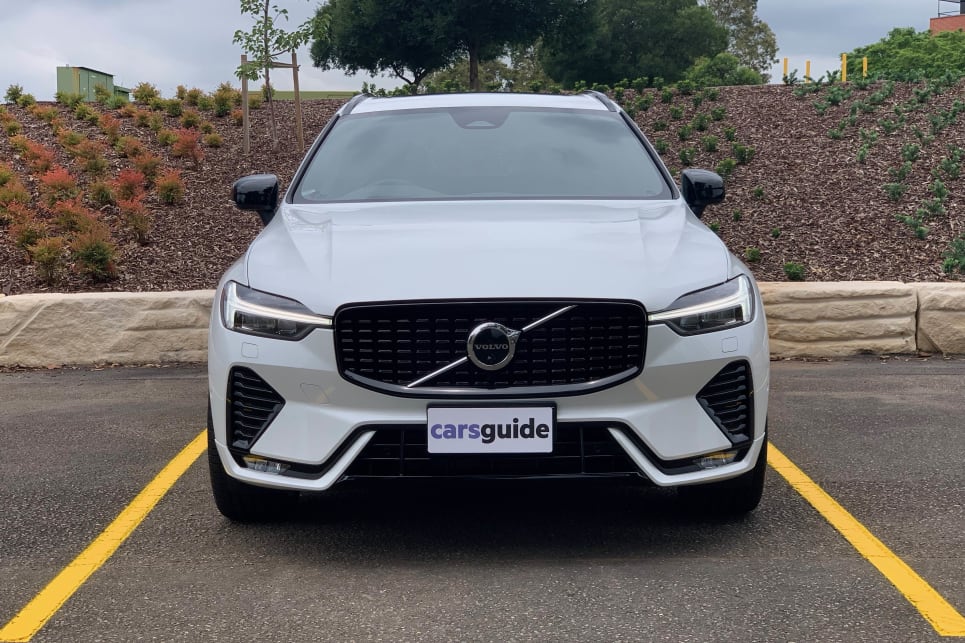
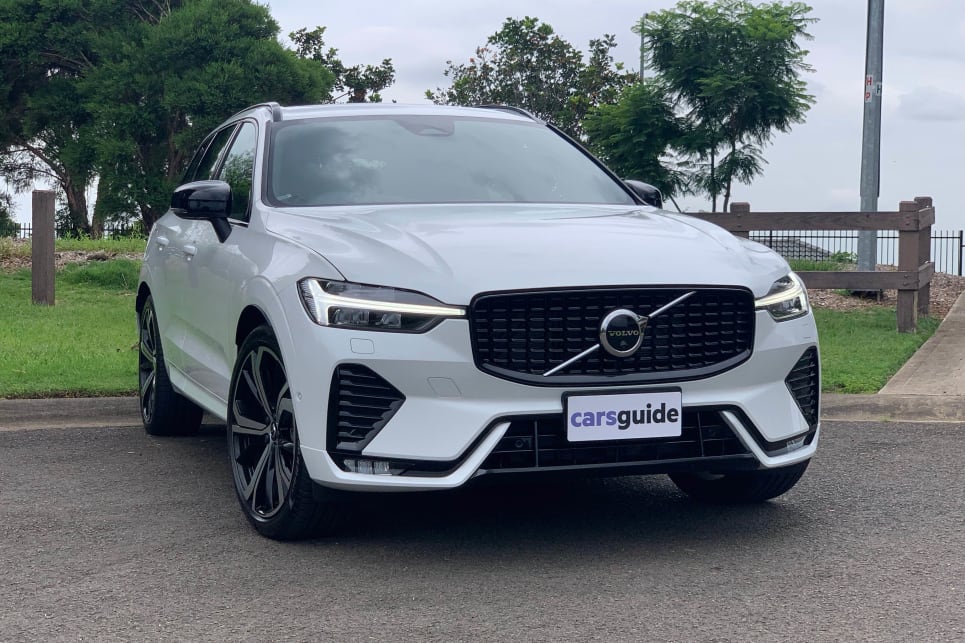
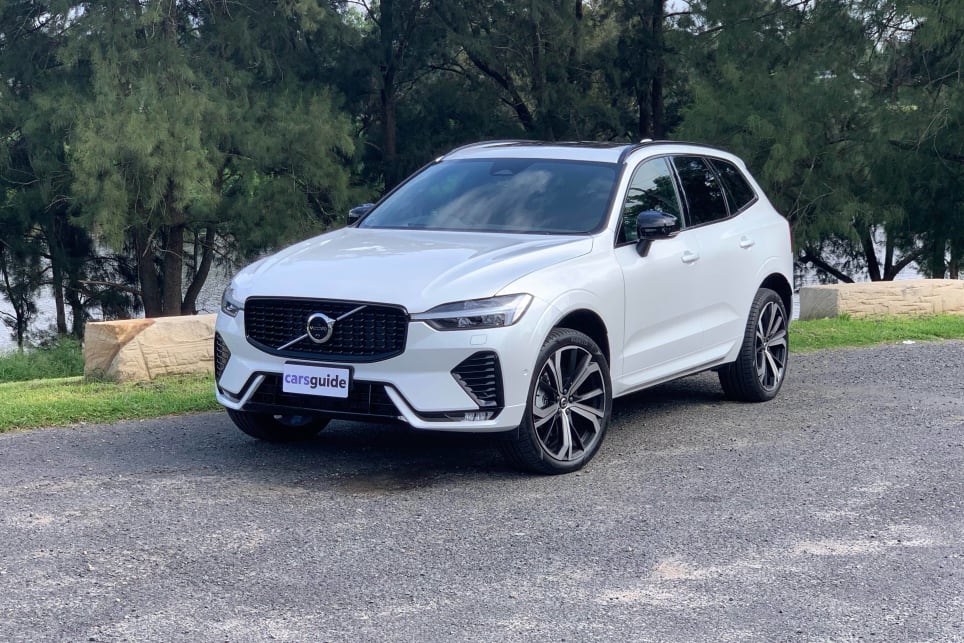
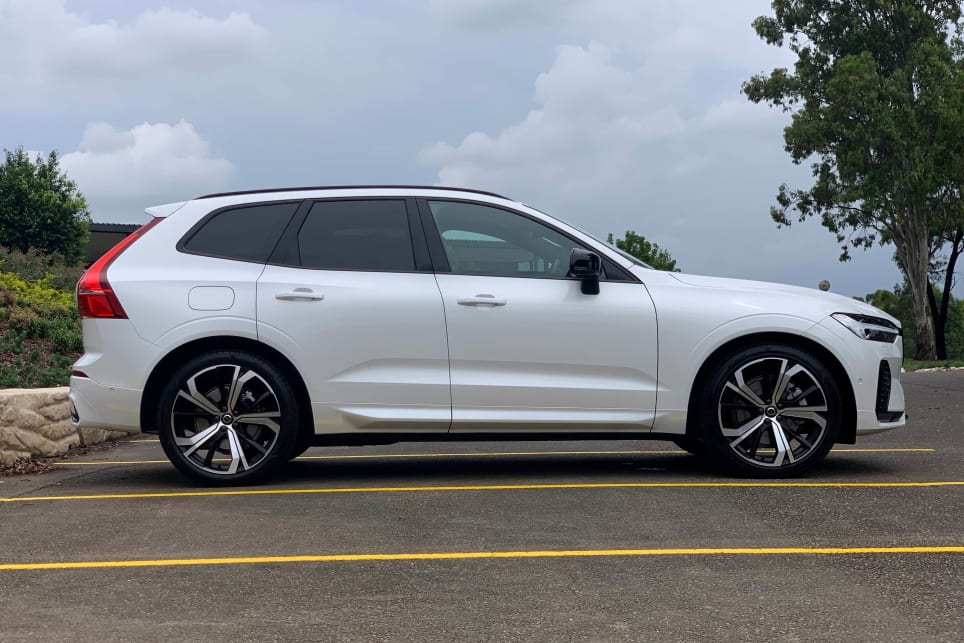
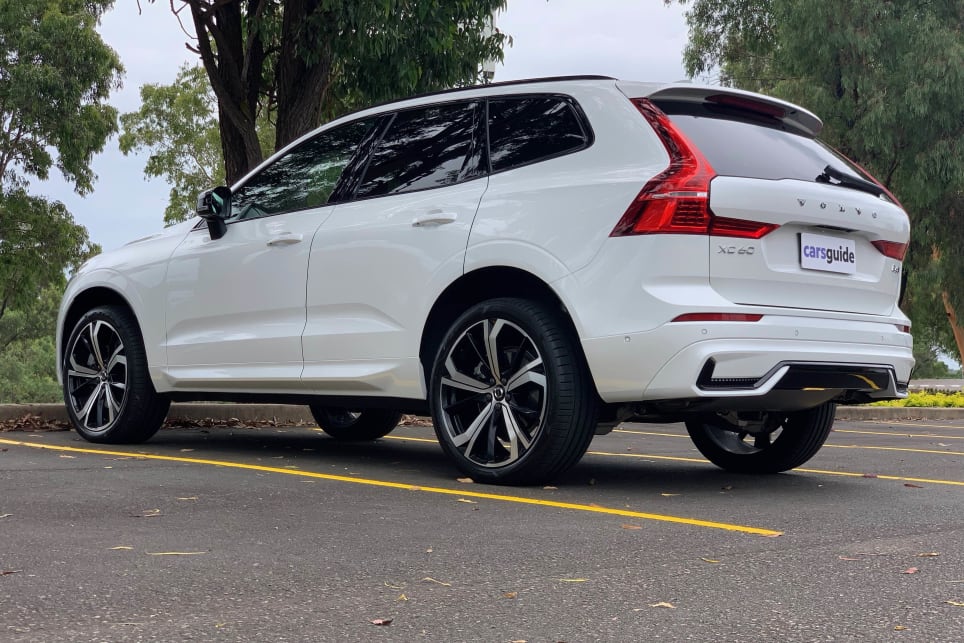





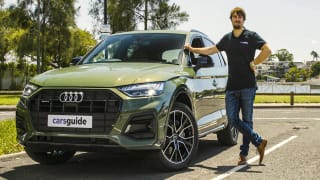

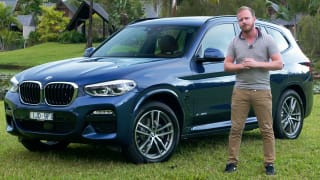



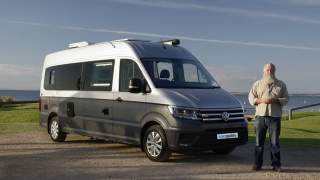
 Lexus NX350
Lexus NX350